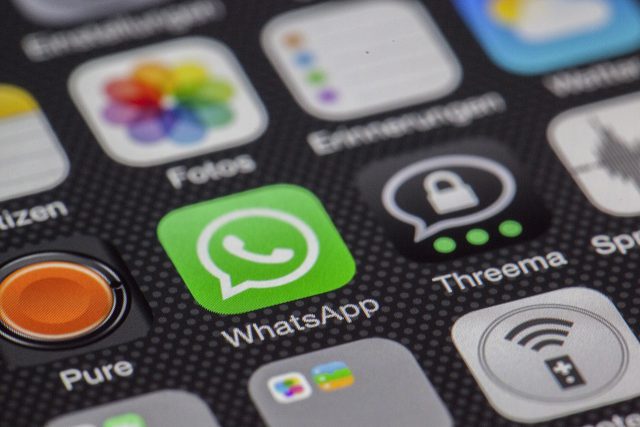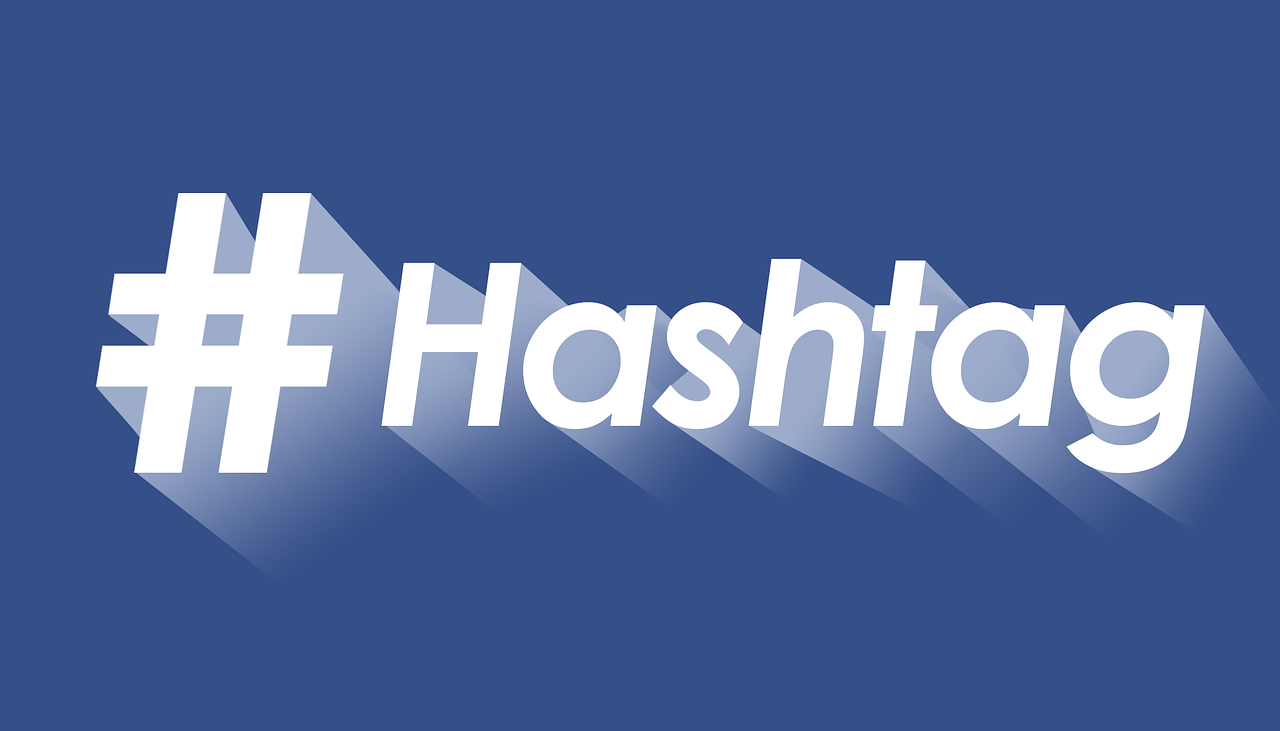When talking about online marketing, these two will always come up in people’s minds: email marketing and social media marketing. This is for good reason.
First of all, email marketing has been around for nearly three decades since it was first used in the 90s as a cost-effective, direct response method to generate massive leads. It still does today.
2002 saw the birth of social networking sites like MySpace and LinkedIn. As more and more people started using them, social media marketing came along. It was an instant success, and for a time many companies began using it to promote their brands.
But now things have changed. The online space has become extremely competitive, and we don’t see them being used by online marketers the way they used to. They knew their previous tactics won’t work anymore and so they started to rethink their strategies just to stay in business.
Why is this so?
Common Issues with Social Media Marketing
The problem with most online marketers today is they took something very powerful and useful, and turned it into a mindless lead generating tool with no creativity, and no real intention of creating meaningful connections or establishing good relationships. They took “the old-school” method of advertisement and simply moved it online.
Most of the bad rap social media marketing got into is the so-called ‘pay-to-play’ tactics used to create a superficial (or even artificial) ‘likes’ or ‘followers’ with little or no interaction whatsoever. This obviously doesn’t work with today’s savvy consumers.
Read: How All the Social Media Experts Got it Wrong
However, some social media marketers use legitimate practices to get results, but it takes a lot of time and effort (try responding to all the comments to your posts or tweets and you’ll get the idea). It also takes talent and creativity just to get people to ‘like’ or ‘follow’ your post in social media.
Another issue with social media marketing is that you’re piggybacking on somebody else’s platform. If for whatever reason the social networking site decides to take down your social media account, goes under, or loses popularity, you’ll lose all your connections and you’ll have to start over from scratch. And as they say, ‘Own the racecourse, not the racehorse’ — don’t go all out on something you have no control over.
Why People Still Do Email Marketing Today
When social media marketing took off with just a million users to 1.7 billion worldwide, some believed it’s the end of the road for email marketing. The fact is, email marketing still ranks first as the marketing tool preferred by companies to conduct their businesses online.
Research shows why this is the case.
- 77% of consumers are more likely to respond to promotional messages in their emails than their social media accounts
- 66% of consumers purchased their products because of promotional messages and follow-ups from emails
- 44% of users go their emails to check with a company they know as opposed to 4% in Facebook
But here’s why email marketing still ranks first:
- 58% of people who go online check their emails FIRST, followed by search portal (20%), Facebook (11%), news site (5%), company website (3%), and others (3%).
Email marketing is still the online marketer’s best friend when it comes to lead conversion. If you’re into social media marketing, you might consider having an email marketing strategy as well.
Using Two Different Approach
Using social media and email marketing all at once is like having two different kinds of tools. Although very different, they can work together towards the same goal. Mostly, however, people have been using them for the wrong reason.
Online marketers need to understand the difference between communicating and mass sharing. Social media has always been used for sharing good reads, an interesting find, or anything that would start a conversation. Emails are most effective when following up with your fans or followers.
Here are 5 simple tips that you can use to integrate social media into your email marketing strategy:
- Create a group on social media and invite people to join in. Spend some time on your social media home page’s look and feel. Run contests, or give freebies, and discounts for active fans and followers.
- Time your posts well. Make them as ‘catchy’, relevant, and timely as possible. Hint: research have shown the average life span of a Facebook post to be around 3 to 5 hours.
- For Facebook users, they can use ‘call-to-action’ (CTA) buttons to lead visitors and fans to their landing page.
- For Twitter users, they can use Twitter cards to display their photos, and links to their landing page, app or downloadable content.
- Export your friends’ and followers’ email accounts to your mailing list for your email marketing campaigns and follow-ups.
Small Business Dream is a sales and marketing tool designed to seamlessly integrate social media and email marketing for your small business. Visit us at www.smallbizdream.com and learn more about our Small Business Profitability Blueprint





